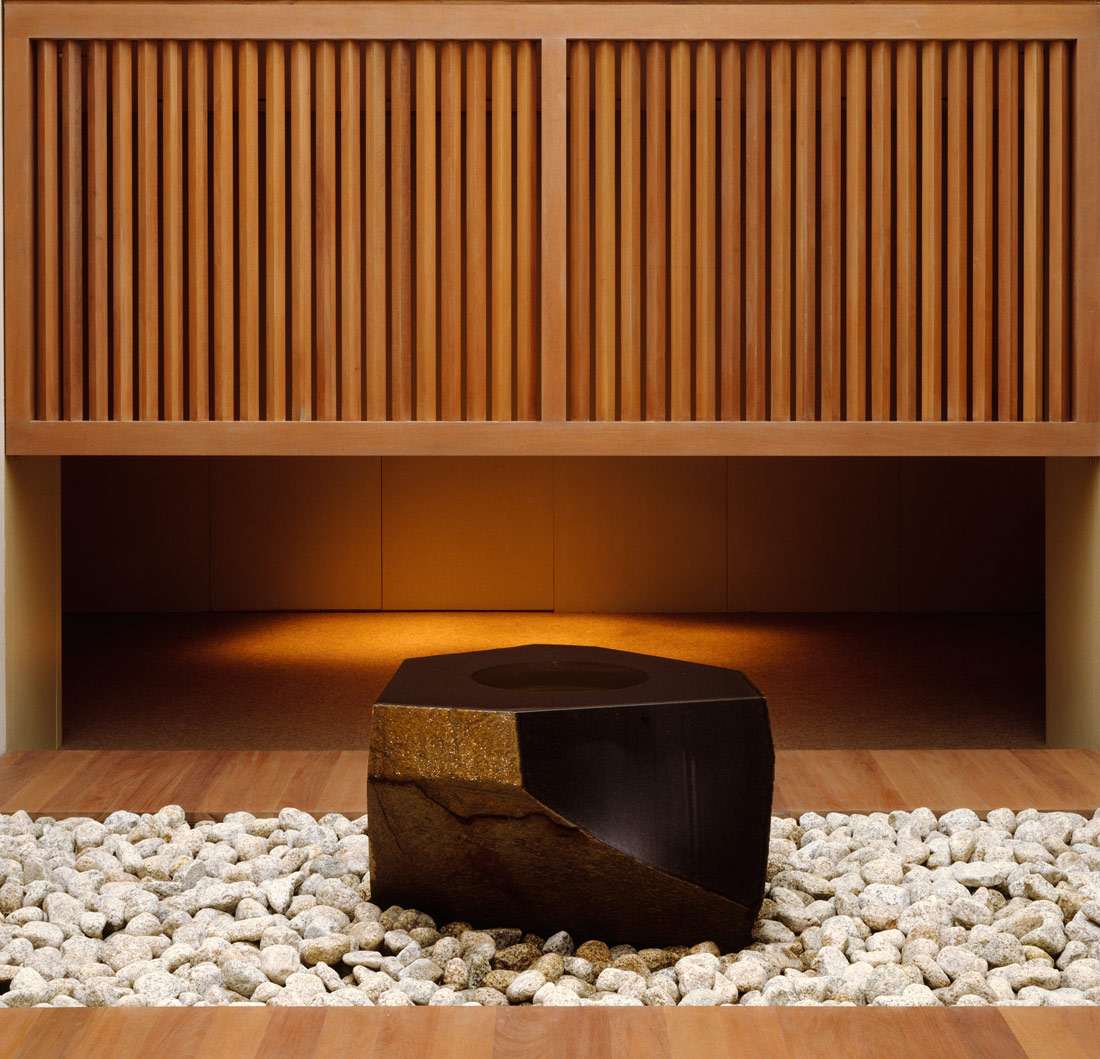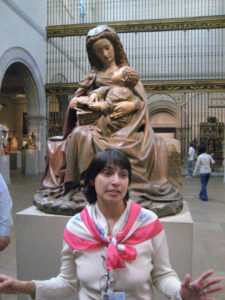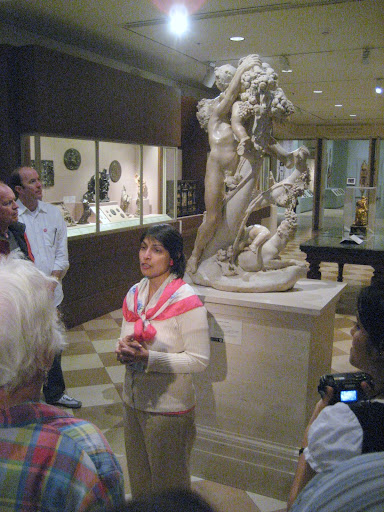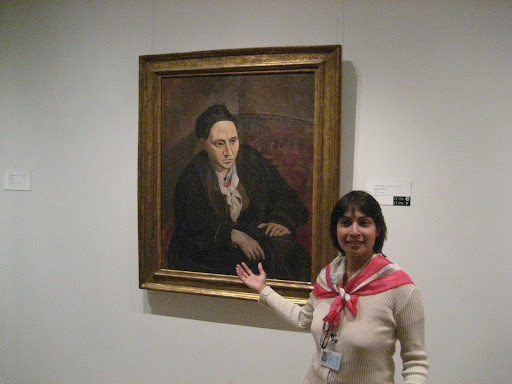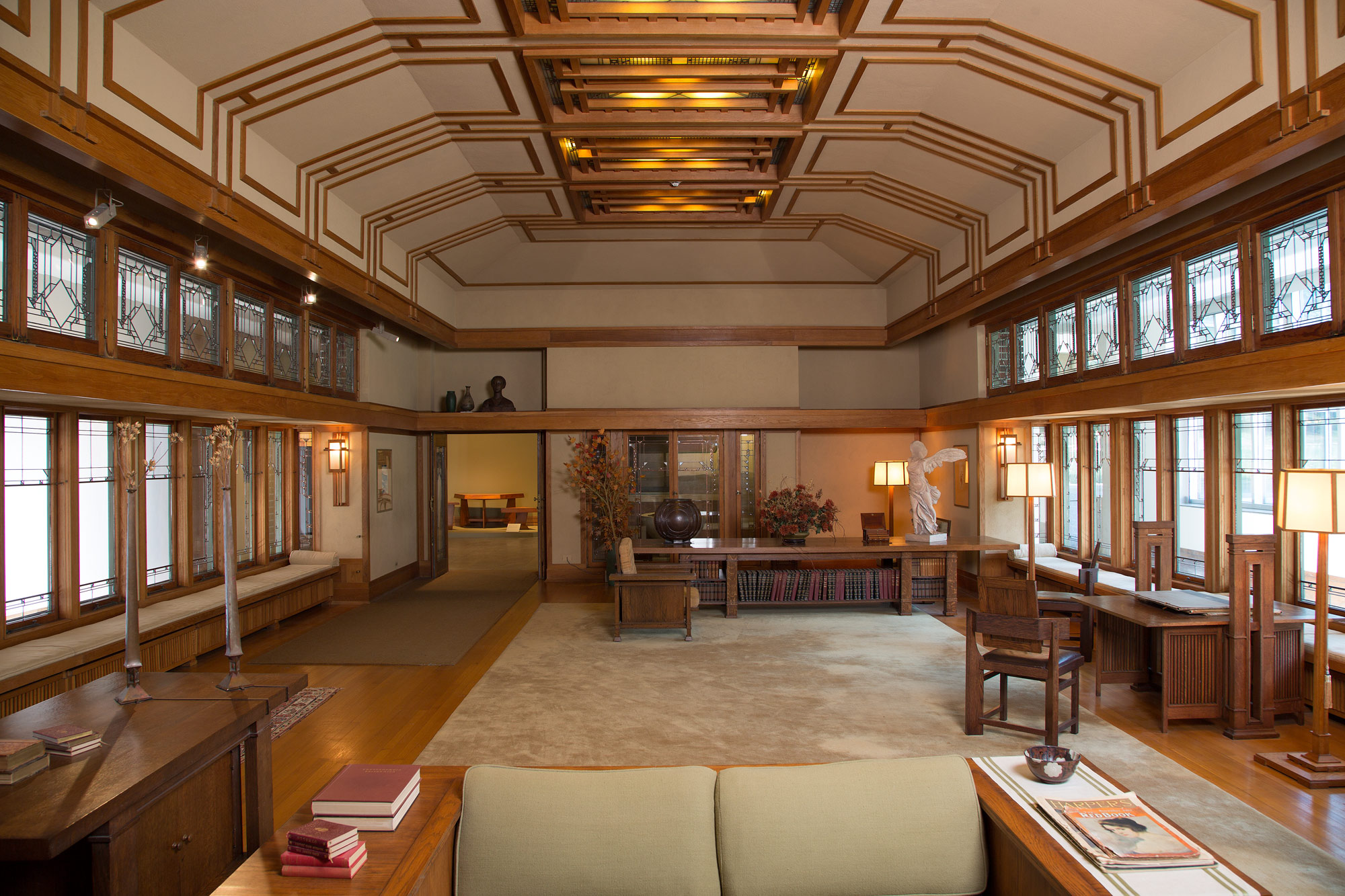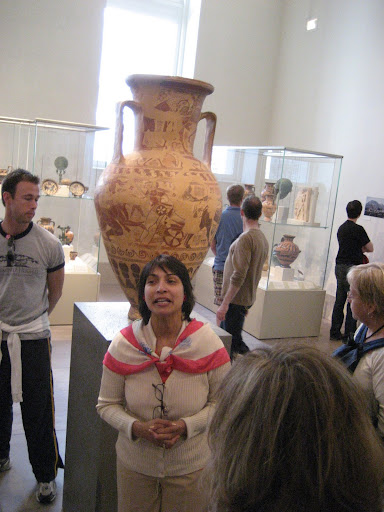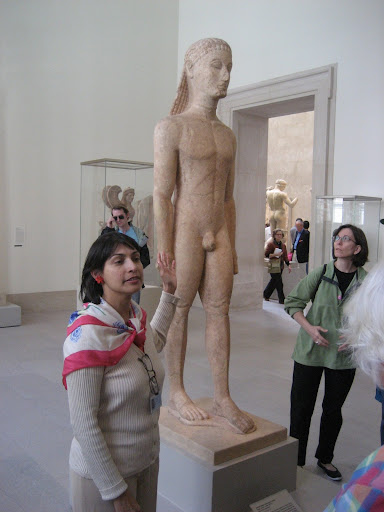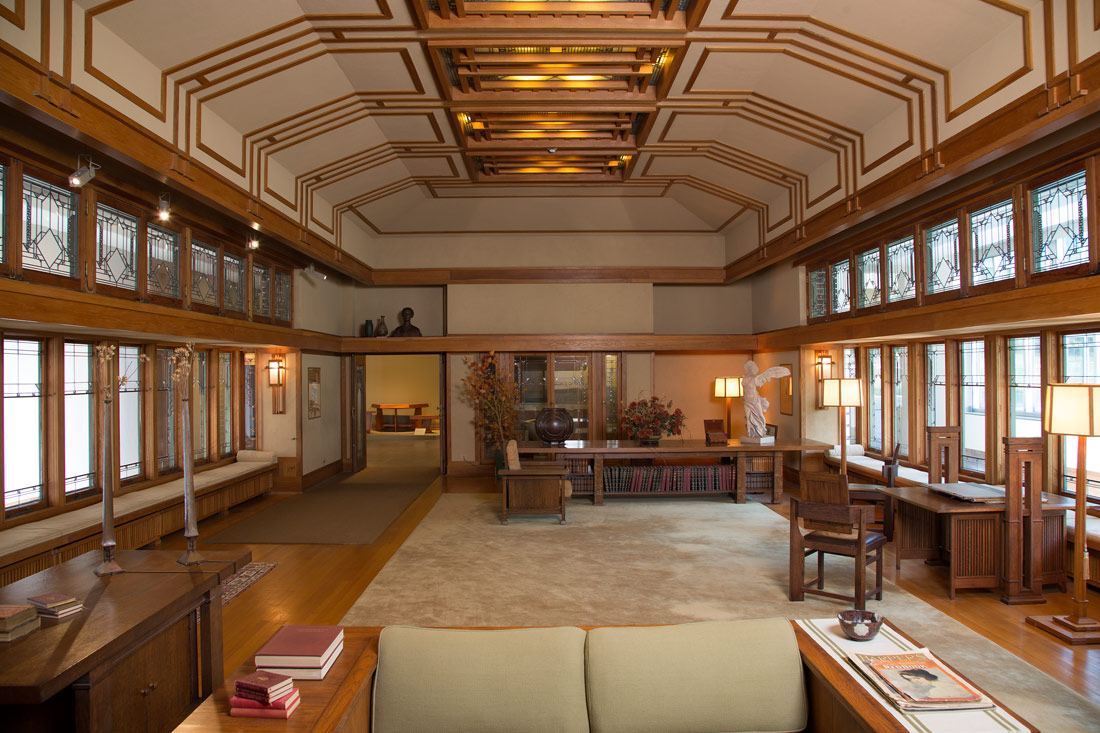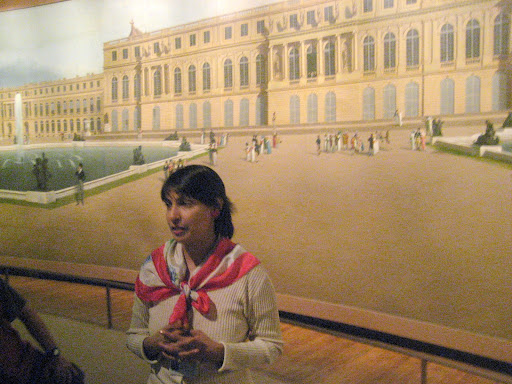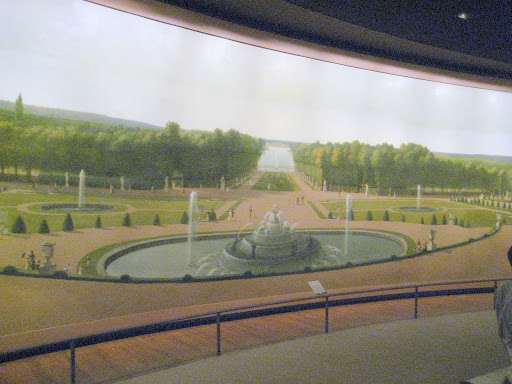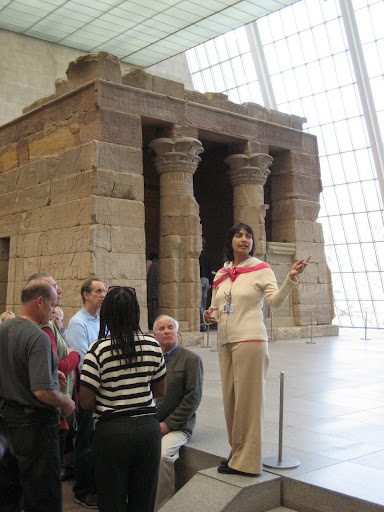THE WATER STONE
Researched by Rochelle Almeida
Sculptor: Isamu Noguchi, Japanese-American
Black Basalt
American, 1986.
Who is the sculptor of this piece?
The sculptor of this piece is Isamu Noguchi, who was born in Los Angeles, California, in 1904 to a Japanese father, the poet Yone Noguchi and an American mother, Leonie Gilmour. He was taken to Japan when he was 2 years old by his mother to join his father until he was sent back to the States at the age of 14 for advanced schooling. After a youth spent in Japan, Noguchi made America his base. But his artist’s attraction towards the Japanese aesthetic was strongly the result of his early history.
His sculpting career began in 1924 at the Leonardo da Vinci School on New York’s Lower East Side. He was converted to modernist abstraction after seeing an exhibition of Constantin Brancusi in New York. He then received a Fellowship to work as Brancusi’s assistant in Paris where he learned to carve stone and wood and gained a rich understanding of the human figure.
When and why was this sculpture installed?
This piece was commissioned by the Metropolitan Museum of Art to commemorate the opening of its new Japanese Galleries in1987. Noguchi passed away in 1988, but completed this piece in 1986 and himself supervised its installation in this spot. We also know that Noguchi himself personally selected the stone out of which he carved this piece.
What do we know about its installation?
We know that it took Noguchi over seven hours to install this piece. Its enormous weight and the acute sense of balance required to set it in such a way that the water can trickle over the sides without displaying any ostensible movement, required it to be positioned just right. Noguchi said that the task was to set the rock in such a way that the flat top would be perfectly leveled in relation to the center of the earth.
Of what material is the sculpture made?
The sculpture is made of black basalt, a heavily veined stone. This single piece of stone weighs over a ton.
Visual Features:
The sculpture is seven-sided. It is referred to as The Water Stone as it functions, in some respects, as a fountain, constantly re-circulating water through its concealed central pumping device. This kind of feature is common in Japanese homes where a small water pump is placed at the entrance of homes to enable entrants to wash their feet and hands before entering. It is also a common feature of Japanese Zen gardens where the visual images of flowing water and the gentle soothing lapping are considering beneficial to the spirit. Again, the incorporation of water is central to Japanese gardens. Hearing the sound of the flowing water before one actually sees its source allows one to make a gradual transition from the everyday world to the world of the inner spirit.
This is neither a square, a cube nor a circle. It is a seven-sided facetted figure. The piece is placed on a bed of rounded stones acquired from the Isey River, 200 miles southwest of Tokyo, near the site of Japan’s most sacred Shinto Shrine. The rounded stones lie on a bed of stainless steel also completely concealed.
What makes this sculpture so unique?
The uniqueness of this sculpture lies in the fact that it is not a static piece of stone. Indeed, it appeals to many of our sense simultaneously. There is movement, so it is tactile. There is sound, so it is aural. It is an arresting piece of work to the eye, so it is visual as well.
What’s more is that this sculpture has been carved keeping in mind the contrasting elements that are central to any understanding of Eastern aesthetics. There is the contrasting principles of the hardness of rock and the fluidity of water. Again, we have the rough and the smooth (the sides of the stone) which appeal to our tactile sense, the matt with the shiny (which appeals to our visual sense in its differing textures), the sharply angled sides of the sculpture contrasted against the smooth rounded stones of the base. Again, a man-made piece of basalt stone sits on naturally eroded pebbles obtained from a river. Opposites suggest harmony in the Japanese aesthetic. This coincides with the ancient principles of yin and yang—the dynamic balancing of opposites that suggest the human condition.
Peripheral Features:
The peripheral features that make up this little installation are also interesting and significant.
In the background, one sees the wooden screen which runs across. This was developed by a Zen master to force you to focus on the stone. Zen is all about focus. The screen is also placed at the height of the entrance to a tea house. To approach the sculpture from that angle, one would need to bend down—in Japan, a gesture equivalent to the humbling of oneself.
The bamboo trees at the side are also an addition to the general air of Eastern harmony.
The pottery that surrounds the piece was made in kilns near Nagoya, Japan. The ash on the top of the pot sparkles. This is not a flaw but a deliberate technique used to create this element.
Conclusion:
Like the Astor Court, this little spot in the Musuem provides a quiet oasis of comfort and relaxation so that viewers may retreat from the fast pace of a busy world and find a soothing center.
Bibliography:
Blum, Felicia: “Japanese Art”. From class notes taken during lecture delivered to Highlights Trainees in the Galleries on March 12. 2001.
